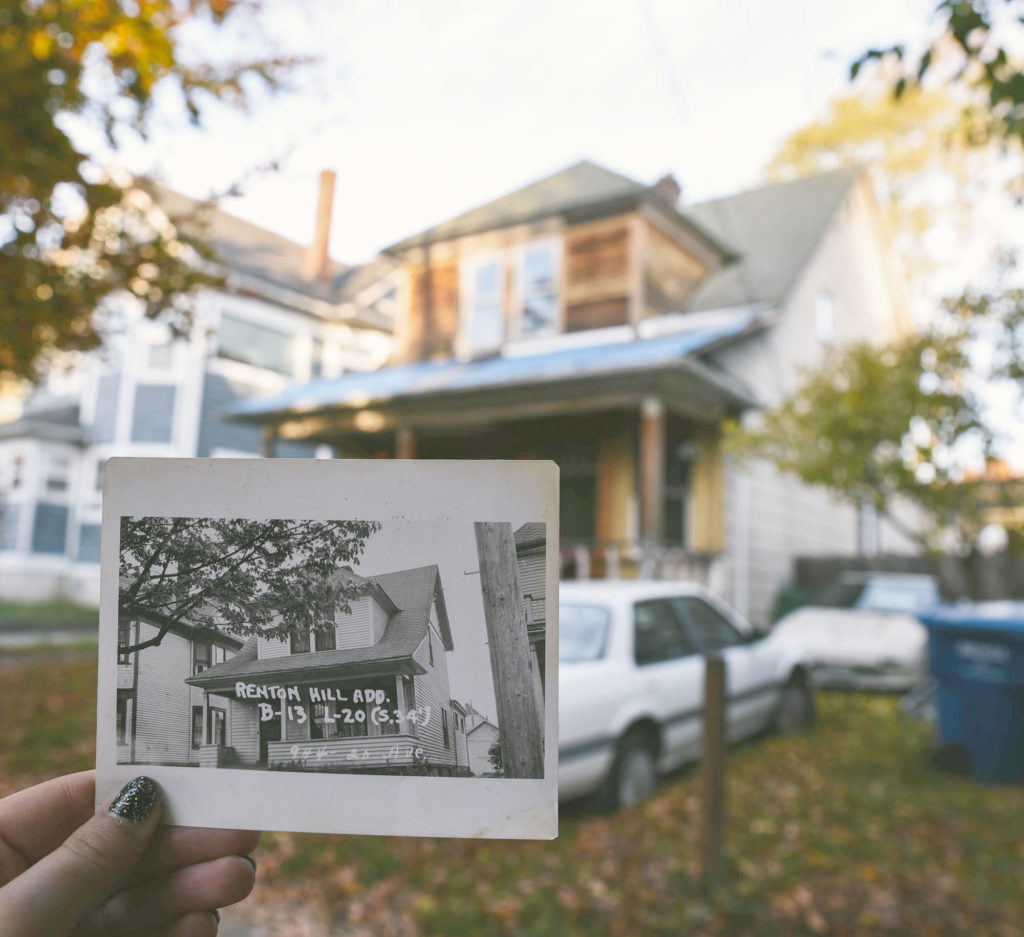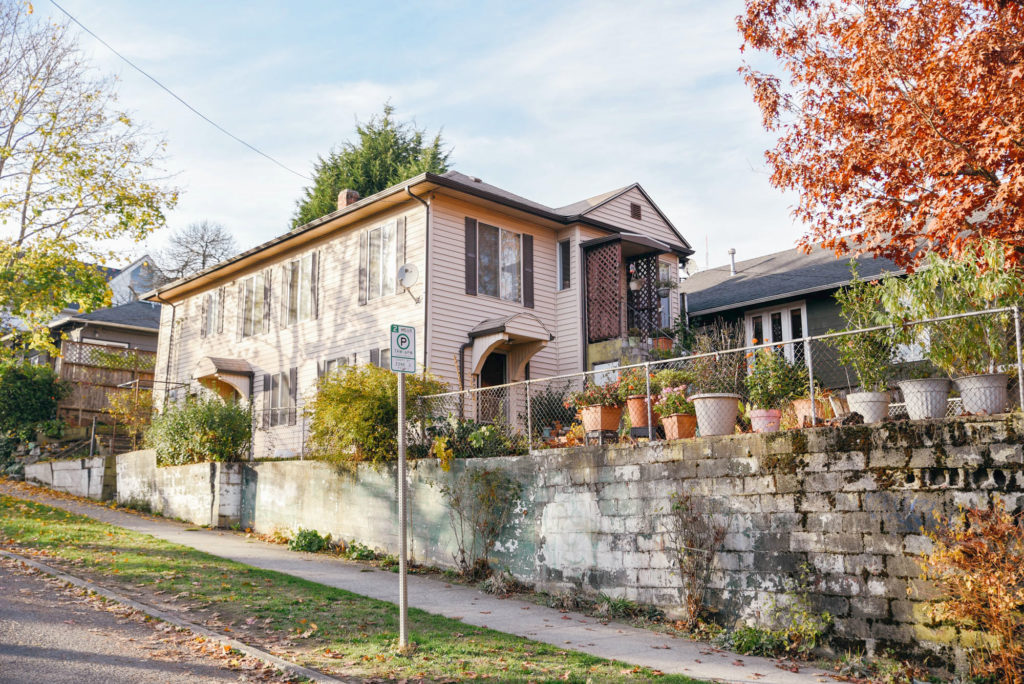“It irritates me when people try to say Seattle is so diverse, because really, it is not,” said Journalism and Communications Professor Kimberly Harden.
Seattle’s Capitol Hill and Central District neighborhoods have drastically changed over the years, in both physical appearance and population makeup. The recent economic boom in Seattle has caused a rise in housing prices and subsequent influx of typically white upper to middle class people. This gentrification has pushed out the original residents of the area and whitewashed the community.

A photo of a central district home from the 1920s, when the house was originally built.
Harden was born and raised in Seattle, and most of her family used to live in Capitol Hill and the Central District and as such has been privy to the the population changes of the area. She described with numbers the change that has occurred around her:
“In the 70s, the Capitol Hill and Central District area was over 70 percent black. But then that number started dwindling. In 2000, it dropped to around 36 percent. Last time I checked, it was down to 20 percent in 2014. And now, it’s probably around 10 percent or less,” Harden said.
The majority of Capitol Hill residents are Caucasian citizens, according to online census data. Seattle University contains a bit more diversity; while it still has a white majority, in 2016, 45.3 percent of incoming freshmen were a group other than Caucasian. This represents a 5.7 percent increase from 2015. Although Seattle U may be diversifying, the same cannot be said about the surrounding Capitol Hill neighborhood.
Harden has also personally observed this change.
“I remember back in the day driving down 23rd,” Harden said. “You would hardly ever see a white person on 23rd. When I drive down 23rd, I see hardly any brown faces anymore and that’s shocking to me, as someone who has seen the other side of that dynamic.”
This stark change is commonly diagnosed as being caused by skyrocketing housing prices in Capitol Hill and the Central District that resulted from the influx of people looking for a place to live in Seattle. This is due to the growth of companies like Amazon, Microsoft and Boeing. Capitol Hill is also home to major hospitals like Swedish and Virginia Mason, and colleges like Seattle University and Seattle Central.
Seattle U’s mission statement, vision and values reflect a desire to instill a sense of leadership, social justice and service to the community into students.
Katie O’Brien, Associate Director of Admissions at Seattle University, reflected the struggle to afford housing that is experienced by many students trying to live off-campus.
“It is a double-edged sword living in Capitol Hill,” O’Brien said. “What a cool place for our students to live and explore, but at the same time it is such a desirable neighborhood and that causes it to be more expensive to live here.”
In an effort to help students who are struggling to find affordable housing or find a suitable place off campus, Seattle U is building a new residence hall for junior and senior students.
“Hopefully the new residence hall will help more juniors and seniors live on campus if that is what they would like,” O’Brien explained. “Housing and the University in general do their best to make sure that the students’ needs are being met and that they are having the best possible experience,” O’Brien said.
The new dorm building, Vi Hilbert Hall, will ideally provide more housing options to students, but it too might be a double-edged sword because of the potential costs to the community.
Senior English major Tyra Franklin voiced a concern about the new residence hall.
“There used to be a mom-and-pop Japanese restaurant where the new building is now,” Franklin said. “Plus, because of gentrification, Seattle has one of the highest rents in the nation which means that people like me can’t live in Seattle.”
It can be discouraging for students to see gentrification unfold around them, but awareness of the issue is present in the Seattle U community because of the community involvement caring attitudes of students and the holistic education values of the university. With this awareness and education in place, perhaps students will begin to learn about the city and strive to change the current trend of gentrification. Harden has some advice for students.
“I think it’s important to just ask about the history of Seattle,” she said. “When you see an elder person of color walking down 23rd or 12th avenue, don’t just assume they are out of place.”
Bailee may be reached at
bclark@su-spectator.com








